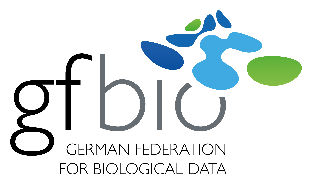Short Answer
Three curation levels were defined by GFBio associated data centers, that describe the extend of standardized metadata and data description.
Detailed Answer
Data submitted to GFBio are curated by data curators at the respective data centers. The submitted data will be enriched with metadata, dependent on the data type, data format and data content, in close collaboration with the data producer. The curation levels are no indication of data quality.
Data curation is offered in three levels:
Level 1 data are e.g. meant for data following the EML-standard (Ecological Metadata Language) or not community agreed standards for data exchange,
Level 2 data are for non-recurring projects, the data are published as static data files,
Level 3 data are meant for long-term projects with multiple submissions and versions, the data are published dynamically with ‘snapshots’.
Curation Levels | Level 1 | Level 2 | Level 3 |
| Exchange with data producer regarding metadata | |||
| Metadata are curated by data curator | |||
| Metadata are assigned to GFBio consensus elements of biodiversity community agreed standards for data exchange | |||
| Stable Identifiers (e.g. DOI, ENA-accession numbers) are assigned to published datasets | |||
| Exchange with data producer regarding research data content and quality | |||
| Research data are curated by data curator | |||
| Research data are assigned to GFBio consensus elements of biodiversity community agreed standards for data exchange | |||
| Research data are semantically enriched (e.g. by linking to ontologies or identifier services) | |||
| Long-term collaboration between data producer and data curator regarding dynamic datasets | |||
| Remote curation by the data producer | |||
| Continuous versioning of dynamic datasets |
Not all GFBio associated data centers offer Level 3 data curation. See the data center profiles for more detail.
See also:
